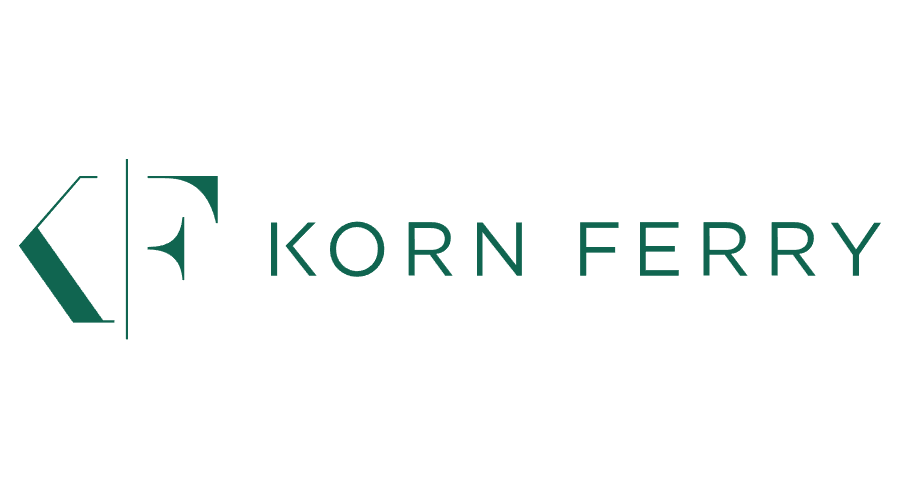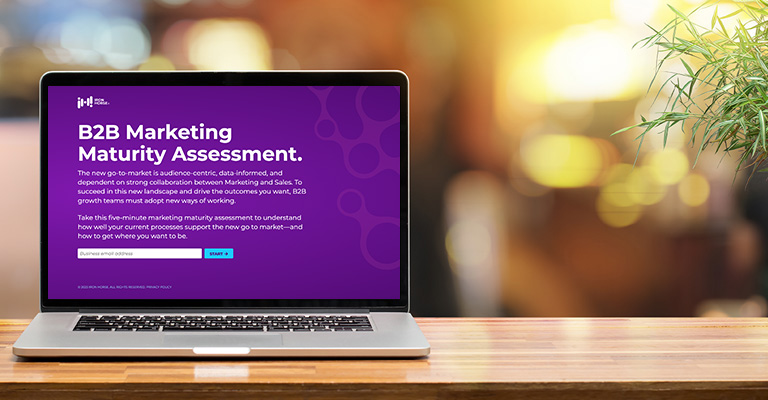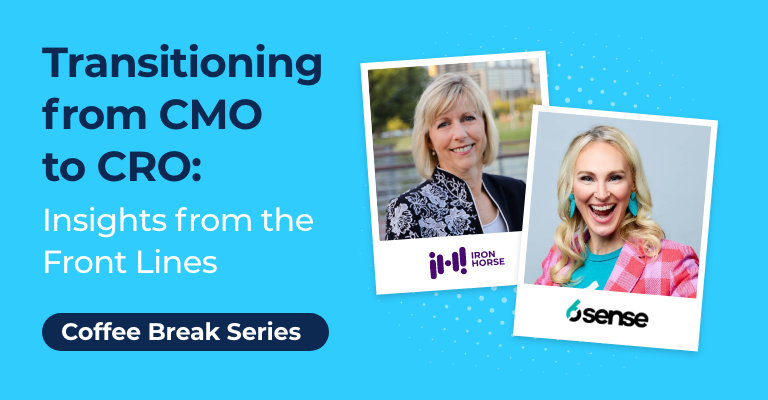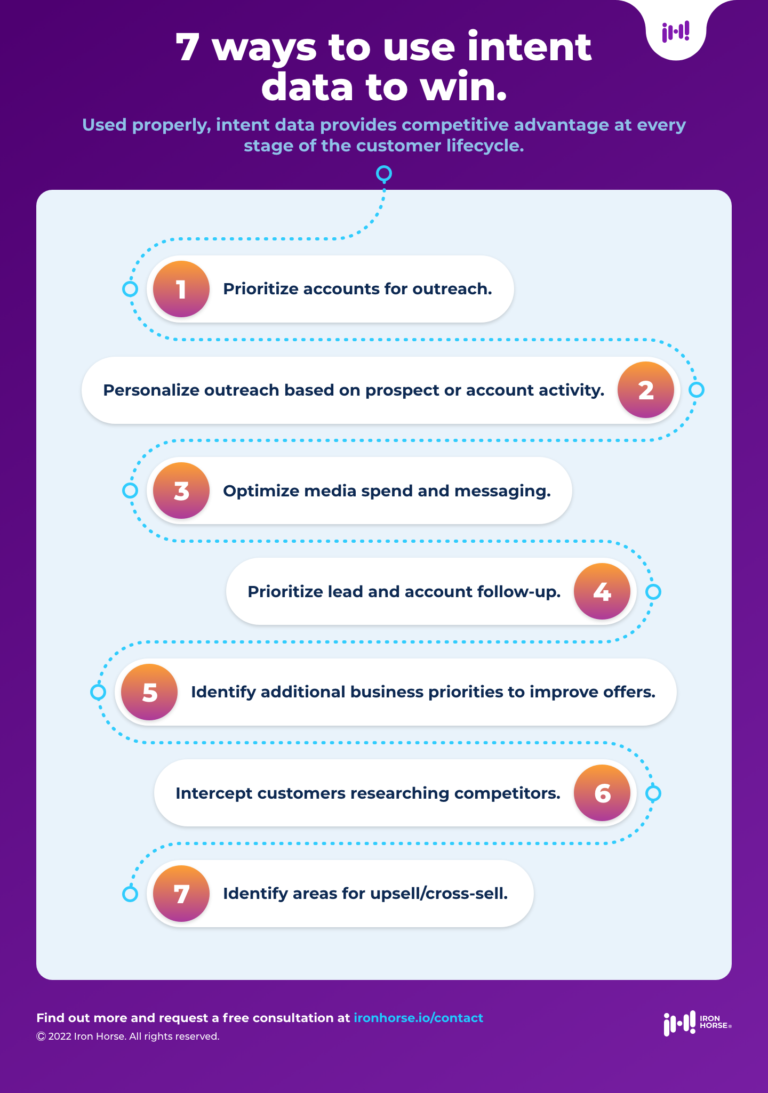WEBINAR: Transitioning from CMO to CRO: Insights from the Front Lines.
Drive better outcomes now and tomorrow.
B2B marketing strategies you can trust. Growth you can see.
Level up your marketing maturity.

Iron Horse is a growth marketing agency that is fluent in strategy and execution.
We help the companies you know drive even more growth.












Our integrated approach helps clients do more with less.
Featured content.
© 2024 Iron Horse. All rights reserved. Privacy Policy





